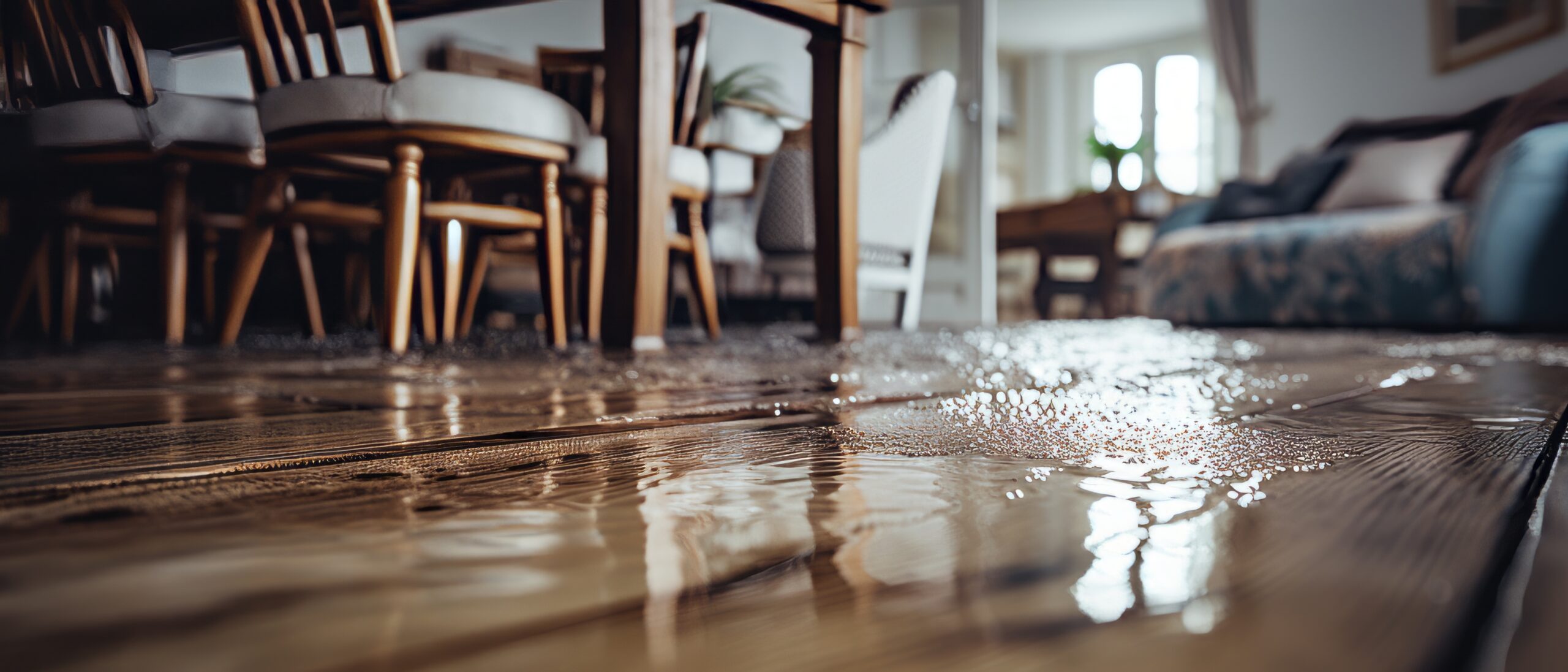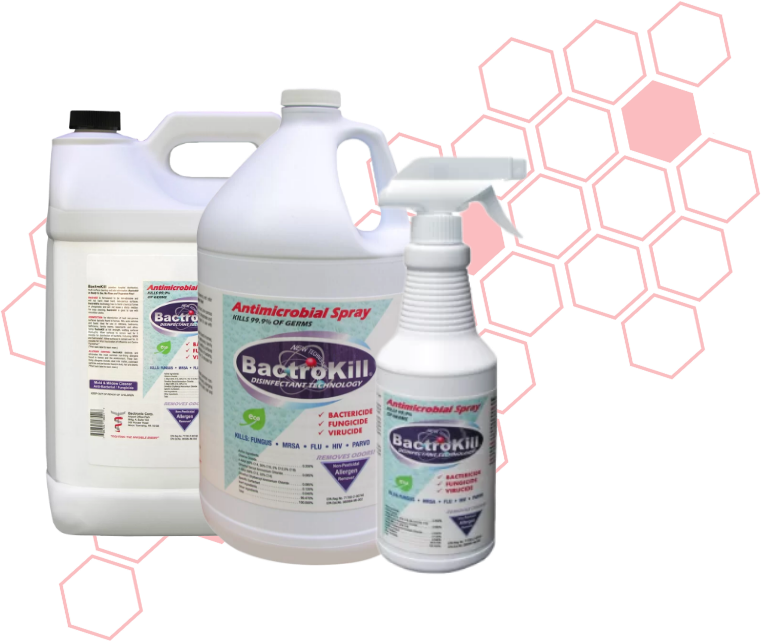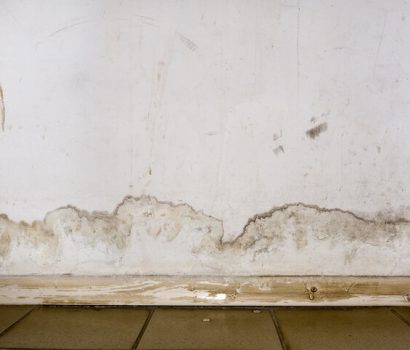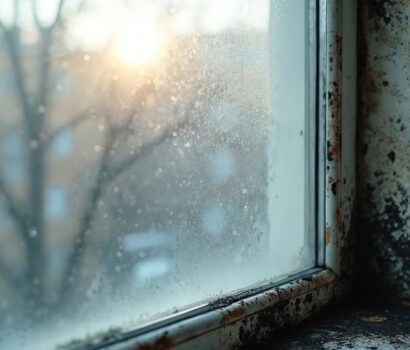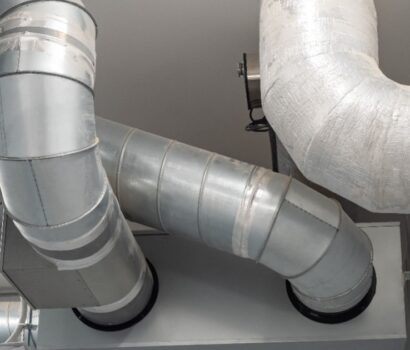When a burst pipe or storm flood strikes, every minute counts. The longer water sits, the faster it seeps into framing, drywall, and insulation. This fuels mold, weakens structures, and drives up costs. Below you’ll find our proven water damage restoration process (the same IICRC-guided water mitigation process we use in homes and businesses nationwide). We’ll show you the exact steps to fix water damage, from emergency extraction to final moisture verification, so you know what to expect and why speed and science-backed water damage cleaning matter.
Our Water Damage Restoration Process
Step 1: Give us a Call
When you first contact us, our specialist will ask a series of important questions to determine the appropriate action for your specific water emergency. A fast response can be crucial, so while on the phone we will set up a time for a restoration specialist to come out and assess the water damage.
Step 2: Inspection & Planning
After setting up an appointment, our restoration specialist will arrive at your location, thoroughly assess the severity of the water-damage, and determine what can be restored. This helps us put together an effective plan of action to clean and restore your property as quickly as possible.
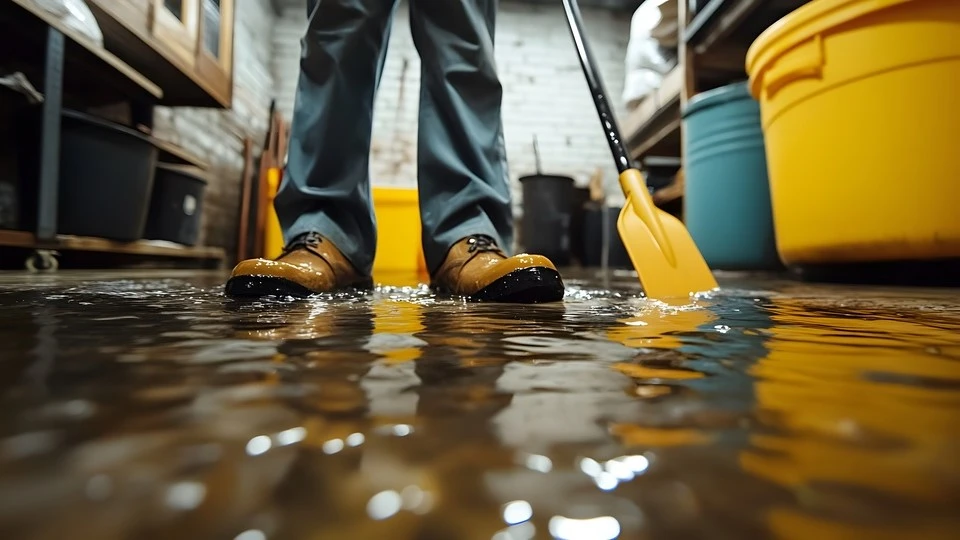
Step 3: Water Removal
Once a plan is set, we use specialized extraction equipment to remove water from the affected area. At this point, we will inform you of any materials that cannot be salvaged and remove them from the premises to expedite the cleaning process.
Step 4: Drying Everything Out
Once the bulk of the water has been removed, the restoration professionals can begin the drying process. Much of the drying equipment is placed on the first day of arrival, and assists with extracting moisture from walls, floors, furniture, and other surrounding items. Our restoration professionals will continue to monitor and document the drying process throughout the job, and they will not remove the water mitigation equipment from your home or business until temperature, humidity, and moisture testing confirms that all affected areas have been dried to acceptable levels according to industry certification standards.
Step 5: Water Damage Disinfection
Surface cleaning only removes visible contamination, but significant quantities of microorganisms are often left behind, which can potentially cause health problems as well as unpleasant odors. This is why disinfection is a key part of our process. During this step, all surfaces affected by water damage must be thoroughly sprayed with anti-microbial disinfecting agents and deodorizers in order to properly eliminate disease-causing bacteria, fungi, and other viruses.
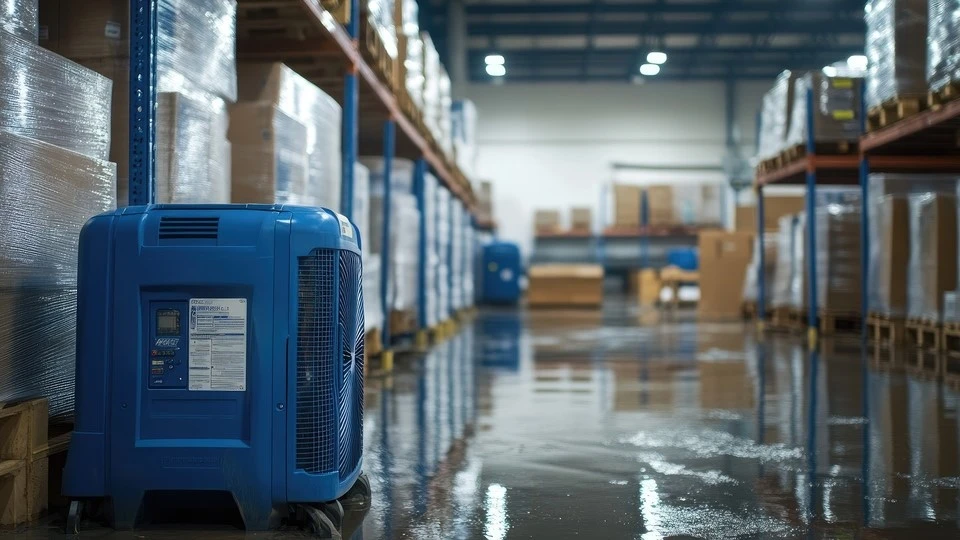
Post Service Water Damage Report
Upon completion of the process, Bactronix will provide the customer with a BAR (Bionomic Assessment Report). The BAR documents the location, results, and dates of the tested areas. It also includes the current microbial levels, type of treatment used, and post treatment results all laid out in easy to read color-coded format.
A Water Damage Restoration Process That’s Fast, Safe, and Certified
Skipping a single step in the water damage restoration process can leave hidden moisture and hidden costs behind your walls. Bactronix follows a six-step, science-driven water damage cleanup process that dries structures to IICRC standards, disinfects against bacteria and mold, and files airtight documentation for your insurer.
Need help right now? We have offices in Pittsburgh and throughout the US. Call Bactronix 24/7 or request service online. Our technicians can be on-site in as little as 90 minutes to begin the professional water mitigation process that protects your home and your health. You can also read more about how to identify signs of water damage in your home.
